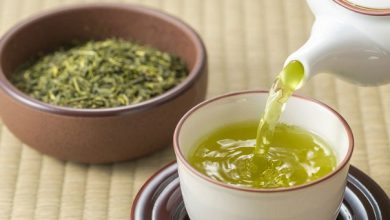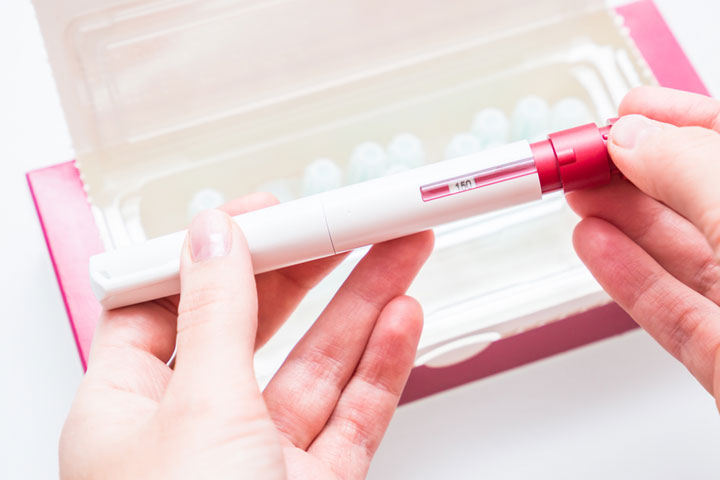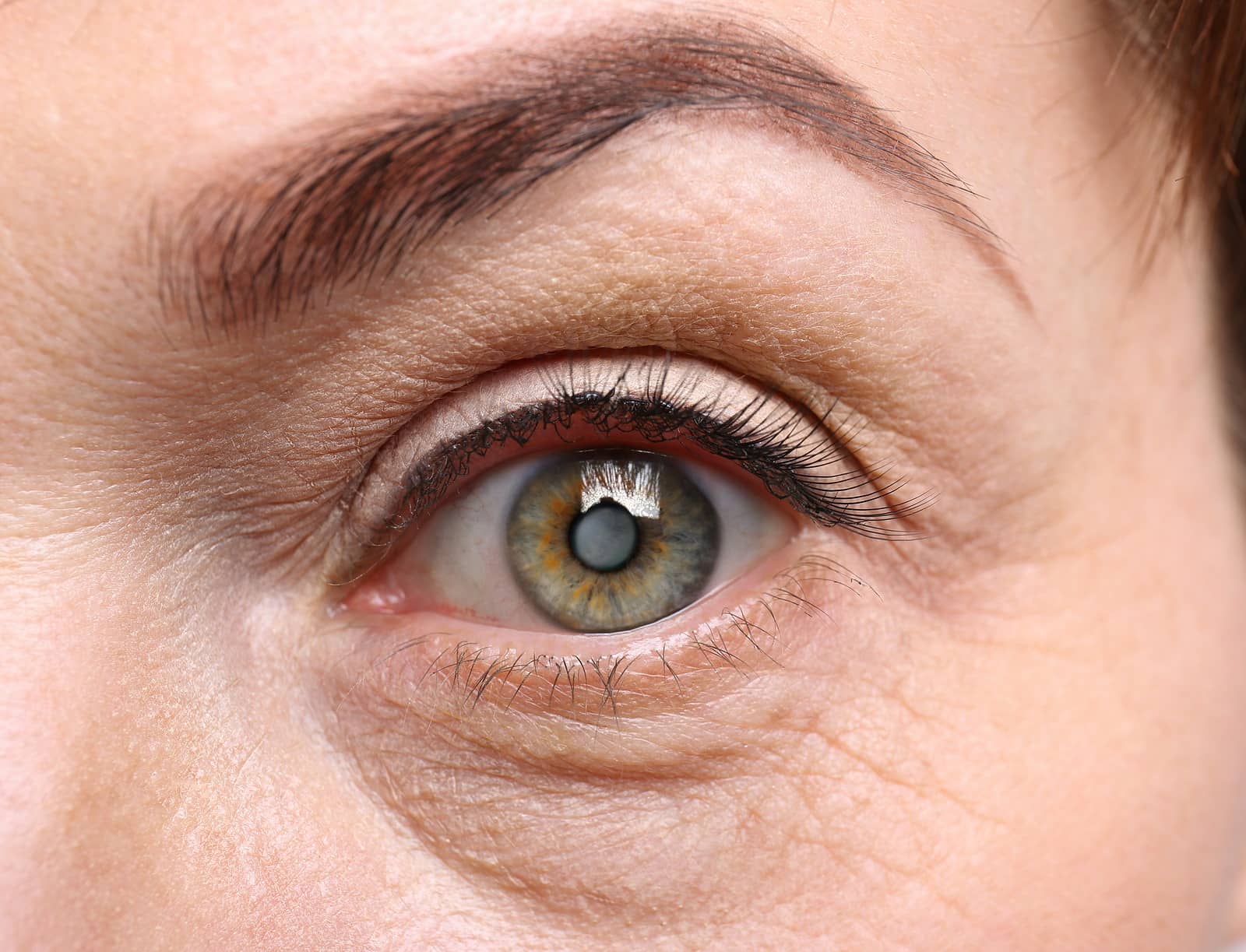what skin type do I have? Know your skin types and how to care for them
How many skin types are there?
We have five skin types: natural, dry, oily, combination, and sensitive.
Knowing your skin type gives you the knowledge of how to deal with pimples, acne, dry skin, and clean skin. Skin types are usually based on genetics, but our daily habits and behaviors with the skin and environmental conditions affect skin type changes.
Read this article to know how to diagnose skin type at home, take care of oily and sensitive skin or other skin types and treat skin allergies.
To understand skin types, you must first forget everything you have heard before. Forget what your hairdresser said, what you read on social media, or what your old friend told you because they may have misled you with these words or just advertised to sell their products.
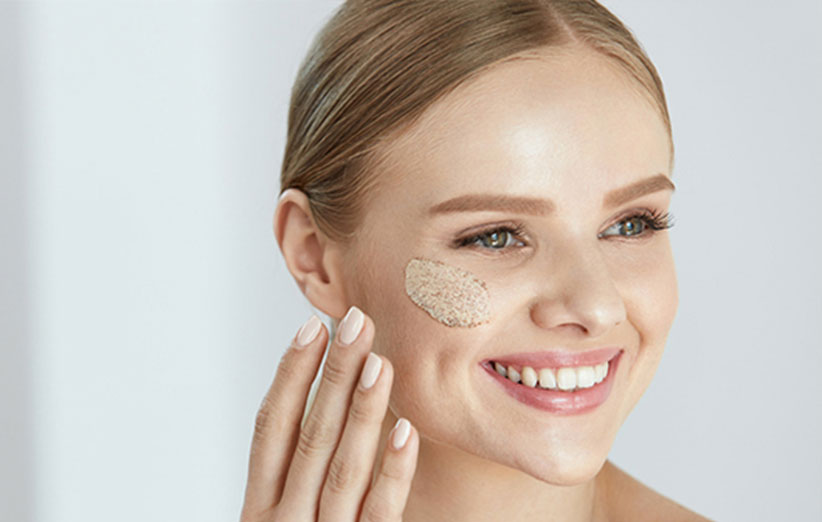
How to diagnose skin type
You can try one of two methods to diagnose skin type at home:
The first method
First, thoroughly cleanse your face with a mild facial cleanser and pat dry with a few gentle movements. During this time, wait for 30 minutes to not use any creams or other products and not even touch your skin. After the first 30 minutes, look at the forehead, nose, cheeks, and chin to see if they are glowing. Wait another 30 minutes, now how do you feel in different parts of the skin? Mostly when laughing or raising eyebrows.
If you feel dry and stretched, your skin should be dry. If only areas such as your forehead, nose, and chin are very shiny, you have combination skin, and if you have less shine, you have normal skin.
If your cheeks are shiny like other parts of the skin, you have oily skin.
The second method
This method shows the difference between oily skin and non-oily skin. After cleansing the skin with a soft towel, wait 45-60 minutes in the same state, and during this time, do not use any creams, lotions, facial toners, and skin serums. Now wipe the different parts of the face in order with a clean paper towel.
Use a separate texture for each part of the face and examine the texture in the light each time. If the tissue has oily stains, the skin is oily. If it is not oily, it has dry skin. If all paper towels are oily or light yellow, your skin is oily.
But if only some of the wet wipes, such as the forehead or nose, were oily and the other parts only gave some moisture to the wipes, your skin is a combination or normal. Be sure to distinguish grease stains from moisture stains.
Each skin type has its own needs and behaviors, and of course, they need the necessary attention.
Natural skin
This skin type is neither oily nor dry. Normal-skin is velvety, with no acne, and even in color. Regarding the size of the skin’s natural pores, it should be said that this type of skin has small pores that are not easily seen and are rarely opened and highlighted. Normal-skin is velvety, with no acne, and even in color.
Do not worry if your skin type is standard, but you sometimes have pimples or pimples under the skin! Your skin type has not changed. With the right skin products and the right skin care habits, your skin will return to normal after a while, and in the future, it will be even brighter and healthier than before. Having normal skin does not mean having perfect skin! Even normal skin can sometimes get pimples, dryness, or other skin problems. The skin also changes over time.
This means that those who currently have the best skin may suffer from skin problems, skin aging, facial wrinkles in the future, and various life situations such as pregnancy, menopause, and sunbathing. If for any reason, your hormone levels change, or you use cosmetics that your skin is sensitive to, you may develop acne and hormonal pimples.
Men and women with standard skin types should use various cosmetics that do not make their skin too oily and avoid products that dry their skin. If you take good care of your skin, that is, always clean your skin daily with facial cleansing products, use a suitable emollient and moisturizer, and of course sunscreen, you no longer need to worry about skin problems.
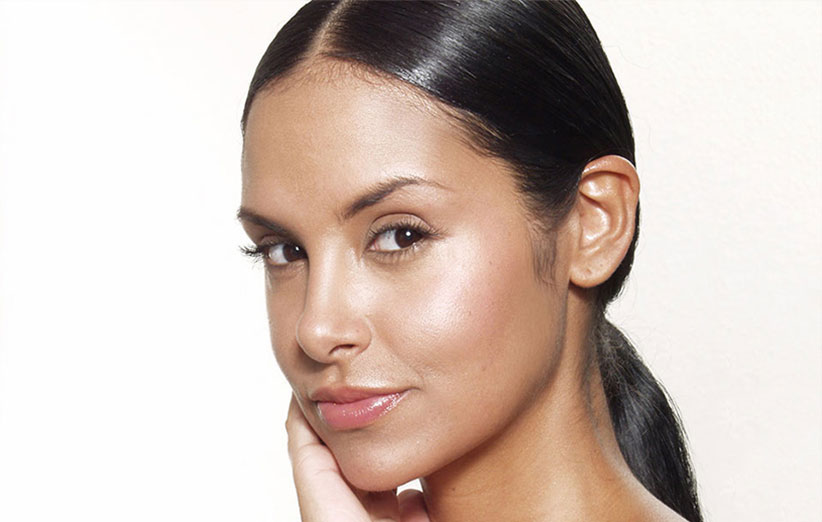
dry skin:
If you have dry skin, you often feel your stretched skin. You may also see red spots and flaking of your skin in different areas. People with dry skin usually do not have easily visible pores and often develop wrinkles, allergies, and itching of the face sooner than others.
What causes dry skin?
Many factors can cause dry skin. For some people, dry skin can be inherited. Genetic disorders can affect the amount of sebum secreted by the sebaceous glands of the skin.
The feeling of dry skin or other skin types’ features and symptoms is not limited to just the face and can spread throughout the body. When the weather, nutrition, or skin conditions change, the face and body’s skin shows dryness signs. Dryness on the back of the hand is one of the most annoying symptoms of dry skin.
Eczema and itching of the face and body’s skin can be complications of dry skin at any age.
Importance of emollients and moisturizers for dry skin:
Choose an emollient cream for dry skin that restores the freshness and freshness of the skin. Emollient cream for dry skin should be tonic and moisturizing to compensate for the skin’s lost moisture. Apply your cream regularly on clean skin morning and night to control skin moisture. It is essential to have and maintain a daily skincare habit.
Use gentle cosmetics to cleanse the skin. Avoid products with alcohol, perfumes, and essential oils because they are scorched and irritating to the skin. Soap products can severely dry out your skin.
Be sure to use gloves when working with cleaners. Creams, oils, and ointments work better on dry skin than lotions. If your climate is hot and dry or cold and dry, use a home steamer and humidifier in all seasons.
Oily and sensitive skincare:
People with oily skin often complain of glowing skin, acne, and pimples.
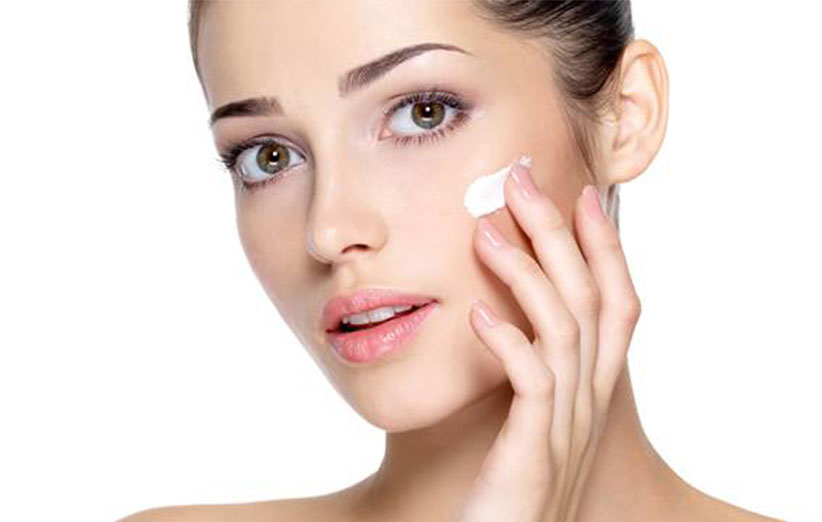
What causes oily skin?
If you are one of those who have oily skin, this year will indeed be created for you; why does the skin become oily, and what is the treatment for oily skin? The cause of oily skin can be hereditary factors and hormonal changes at different ages. Increased secretion of hormones in the body indicates an overproduction of androgen present in both men and women.
Androgen production has a direct effect on the production of sebum (natural skin fat). As skin oil production increases, the skin’s pores become more extensive, and the pimples and pimples under the skin increase. Oily skin is prone to pimples, acne, and pimples. Oily skin pores are usually more visible than other skin types because they are more extensive. Oily skin is usually more radiant than other skin types and may cause your makeup to break down sooner.
Oily skincare
Many products are produced for oily skin that guarantees the removal of oily skin, like acne medications with potent ingredients. But using these products can have a worse effect. Substances that dry out oily skin only stimulate it to produce and secrete more oil on the skin’s surface.
Oily skin needs to exfoliate in a controlled and gentle way as over-production of fat can be due to dead skin. Do not go for strong cleaners or cleaners or strong fibers at all.
You should use products that are gentle exfoliators. Do not abandon the use of moisturizing creams; all skin types need emollients and moisturizers. But you should use a non-greasy moisturizing cream and use cleansing water and toner instead of cleansing milk and cleansing oil to cleanse oily skin.
Do not touch your face.
People with oily skin enjoy manipulating and squeezing their pimples, but not only that but even touching the face can make pimples worse and even pimples. Touching the face’s skin lubricates it and brings bacteria to the face’s skin, which quickly causes pimples on the face.

Combination skin:
Combination skin contains two or more different skin types. In this case, parts of the face are usually dry, and oily skin and other parts are oily and shiny. People often confuse combination skin with dry or oily skin because of these symptoms, which is a mistake.
Combination skin is the most common skin type in both men and women and is more challenging to care for. This skin often looks oily and shiny on the forehead, nose, and chin. These face areas have more active sebaceous glands than other facial areas, such as the cheeks.
Having dry and oily skin at the same time means that you need special and careful care of your skin. Daily habits and cosmetics do not increase the oiliness of oily parts of the skin’s skin and dry areas.
Go for natural ingredients:
Products containing benzoyl peroxide can severely dry out the skin and increase sebaceous glands’ activity in oily areas of the skin. Instead, moisturizing products with natural extracts such as cucumber, green tea, and chamomile can provide the skin with the moisture it needs while not irritating or soothing the skin.
People with combination skin, such as people with dry skin, should not look for cosmetics and fragrances because both of these substances remove the skin’s natural moisture instead, and try products containing natural, non-alcoholic extracts.
Like oily and dry skin, combination skin cleansing is essential. By cleaning and rubbing the skin gently and regularly, you can remove dead skin cells from the pores so that grease and dirt are trapped inside the pores.
Moisturizing the skin is essential, but finding the right moisturizer for dry and oily skin is difficult. For this reason, we recommend using two different moisturizers throughout the day, a moisturizer for dry areas that have healthy moisture and nutrients and an oil-free moisturizer for oily areas of the face.

Sensitive Skin:
Any oily, dry, or combination skin can have sensitive skin characteristics. Sensitive skin is always a little red and inflamed and can not use many cosmetics. People with sensitive skin should never use healthy products with healthy chemical compounds. As the name implies, sensitive skin may be sensitive to various substances that other skin is not sensitive to.
Sensitive skincare:
Because it is easily irritated for this type of skin, it is essential to use natural ingredients without chemical base oils and alcohol. Natural extracts of aloe vera and chamomile are natural skin-soothing, and you can use products that contain these extracts. Homemade masks can be useful in relieving skin allergies.
If you want to use ready-made products, make sure that the products for sensitive skin are sensitive.
When washing the skin, be careful to do it gently, and do not use rough towels and brushes in any way. Oily cleansers can be useful for your skin. To remove makeup and wash your face, you should use very gentle and colorless products, essential oils, and alcohol. Excessive washing of the skin causes excessive dryness as well as hypersensitivity of the skin.
Sun and sensitive skin
Sun-sensitive skin can be very vulnerable. Make sure you do not leave the house without sunscreen with UV over 50, which has a light texture. Heavy sunscreens and cosmetics are not at all suitable for sensitive skin.
also read:
Properties of dark chocolate for health and beauty
13 barriers to weight loss and effective ways to overcome them
Investigate the properties and benefits of olives for body health





